|
Leverkusen |
|
|
|
266 aircraft,- 170 Halifaxes, 86 Sterlings and 10 Mosquitoes – of 3, 4, 6 and 8 groups. It was mend to destroy the Chemical industry of the Bayer plant, the same as on August 22, 1943 and again on December 10/11, 1943.
Many of the aircraft returning from operations encountered fog conditions on reaching England and 2 Halifaxes and 1 Sterling crashed,but 4 Halifaxes of 35 Squadron landed safely at Graveley when the first operational use was made of the oil-burning fog-dispersal equipment called FIDO (Fog Investigation Dispersal Operation), which was installed at Graveley airfield. Several other airfields where soon fitted with this useful device. |
Before the introduction of FIDO, fog had been responsible for losses of a number of aircraft returning from operations. Often large areas of the UK would be simultaneously fog-bound and it was recommended procedure in these situations for the pilot to point the aircraft towards the sea and then, while still over land, for the crew to bail-out by parachute, leaving the aircraft to subsequently crash in the sea. With raids often consisting of several hundred aircraft, this could amount to a large loss of bombers. |
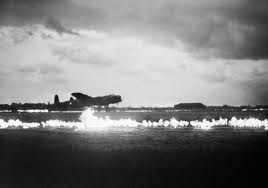 |
||
|
|||
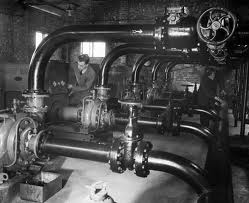 |
FIDO used huge quantities of fuel, as much as 100,000 gallons [125,000 US gallons, 450,000 litres per hour. Over twice this amount was used by airfields with longer runways such as RAF Carnaby. Large fuel storage tanks filled with low-grade petrol and possibly kerosene and other fuel were connected by pumps to provide this fuel to the runway pipes. Although extravagant in the use of fuel consumed, the device more than made up for the costs involved in the reduction in aircraft losses. |
Squadron 78 |
|
November 19th ,1943 |
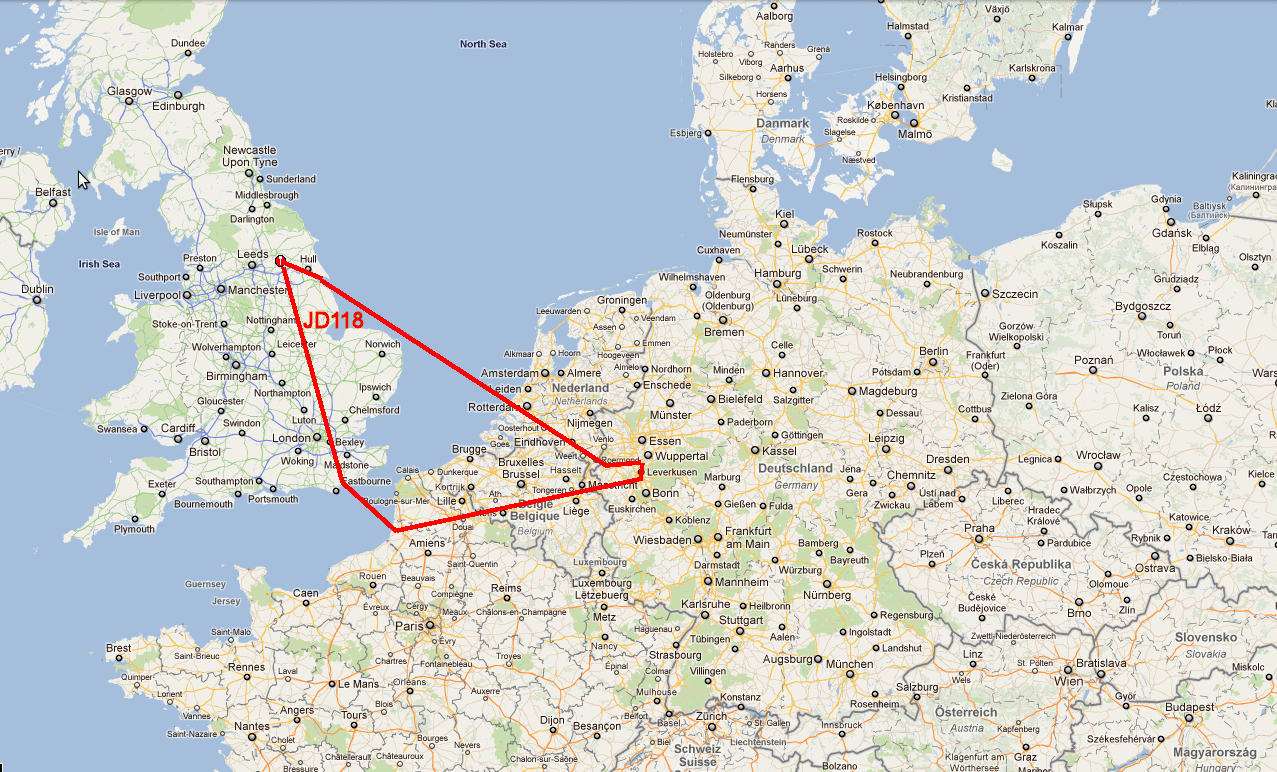 |
Handley Page Halifax II |
JP117 EY-Y |
November 19, 1943 |
Target Leverkusen |
Airborn: |
16:28 hour, Breighton Yorkshire |
|
|
Bombing on |
19.000 ft at 19:23 hour |
|
|
Landed: |
23:20 hour, Breighton Yorkshire |
Crew JP117: |
F/O Hudson, H. |
(capt.) |
|
|
F/O Robertson, W. |
(Nav) |
|
|
P/O Uyen, William |
(B.A.) |
|
|
Sgt. Monks, H. |
(W.Op) |
|
|
Sgt. Hillis, J. |
(F.Eng) |
|
|
P/O Lane, Jack |
(R.G.) |
|
|
Sgt. Moris, J. |
(M.U.) |
|
|
JP117 EY-Y was the 14th aircraft that took of from Breighton airfield this afternoon at 16:28 hour and the second mission for William Uyen in two nights.. After a flight of almost 3 hours he made his turn for a fix on the target which was identified by green T.I which were widely scattered. Target located on Estimated Time of Arrival (E.T.A.) based on D.R. From Gee fix. and from a height of 19000 ft. at 19:23 hour the target was bombed. Red glow reflected on cloud in a number of places. No other results seen. |
Lost in Action |
JD118 EY-U |
Airborne 16:16 hour from breighton. returned after bombing owing to Seriously damaged by Flak over the target. |
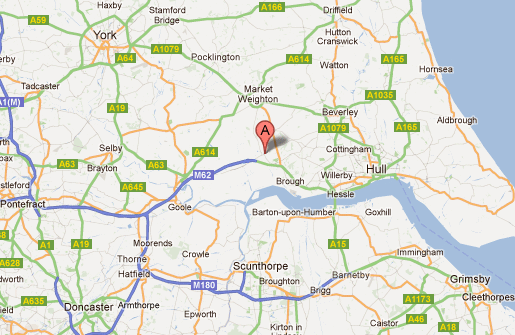 |
On return went out of control and crashed at North cave 10 miles South-West Beverley Yorkshire, |
Damaged |
LW223 EY-P |
It had taken off at 16:24 hours and after carrying out his bomb |
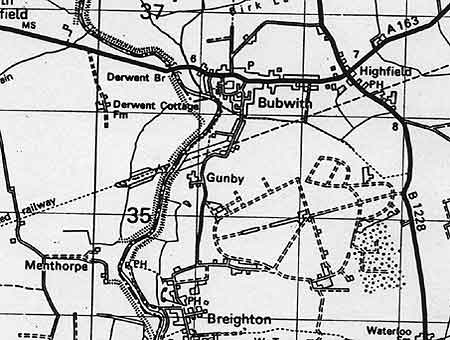 |
| Dameged |
JD376 |
Flak damage prior to bombing, wounded the navigator |
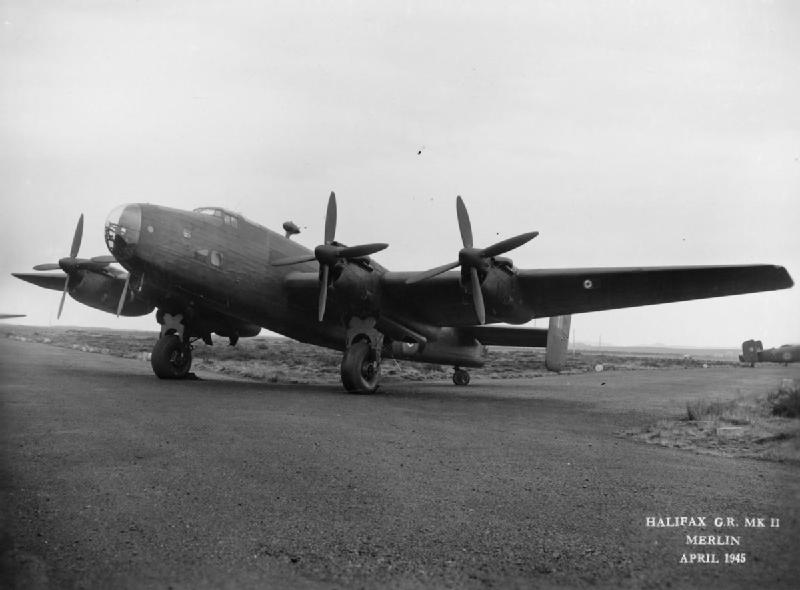 |
||
Handley Page Halifax GR Mark II, JD376, on the ground. Originally a B Mark II, JD376 |
November 1943 |
20th |
|
21st |
|
-
Navigation
- <<-- Nov 18 '43 Nov 22 '43 -->>